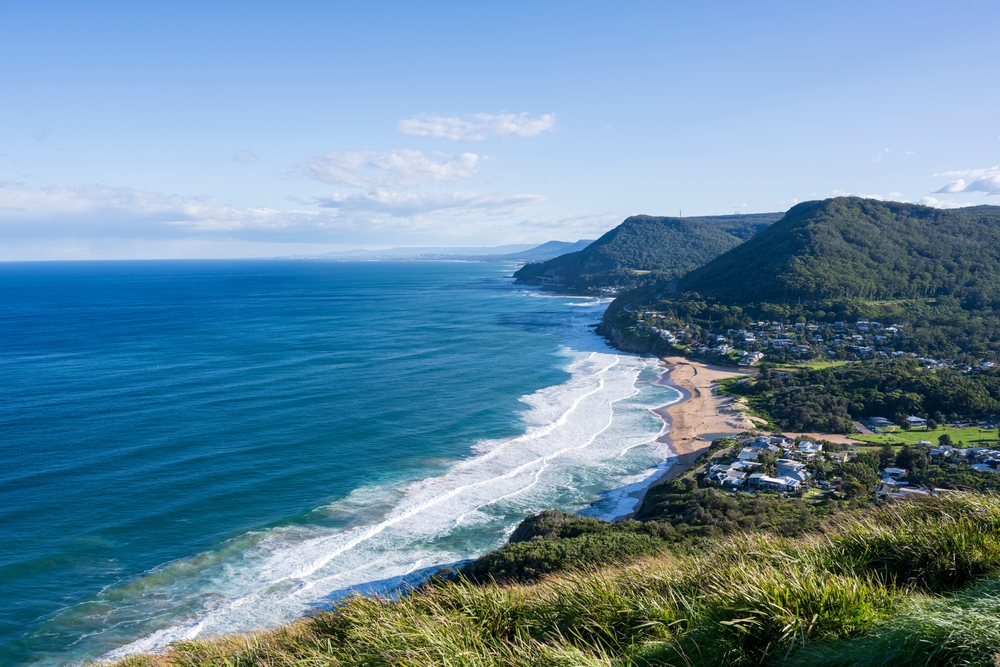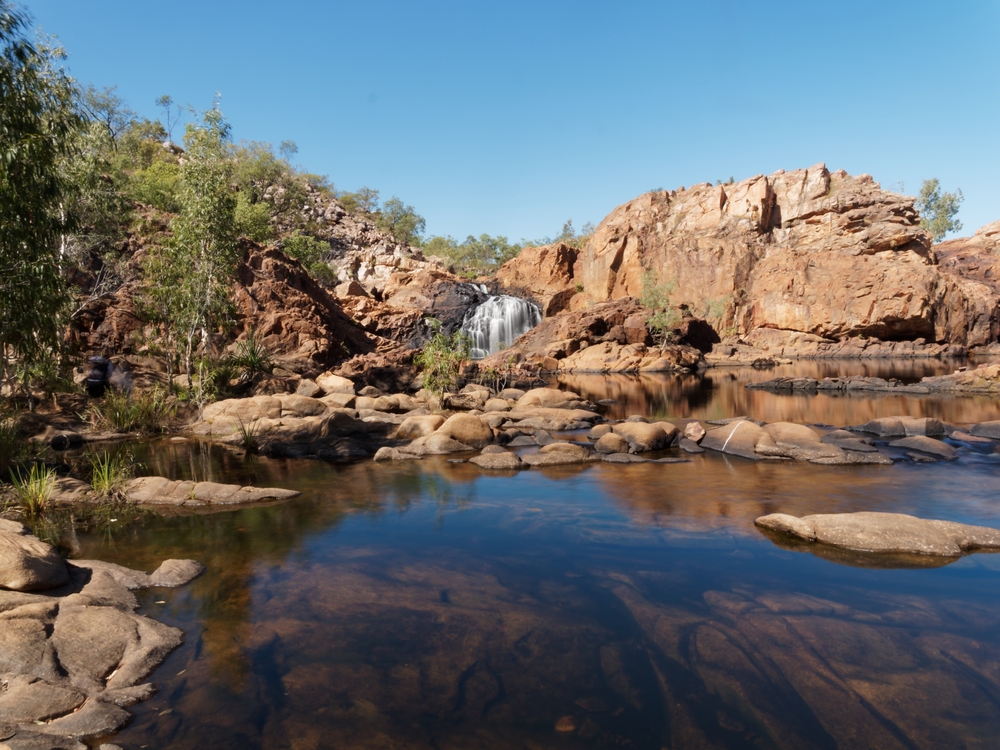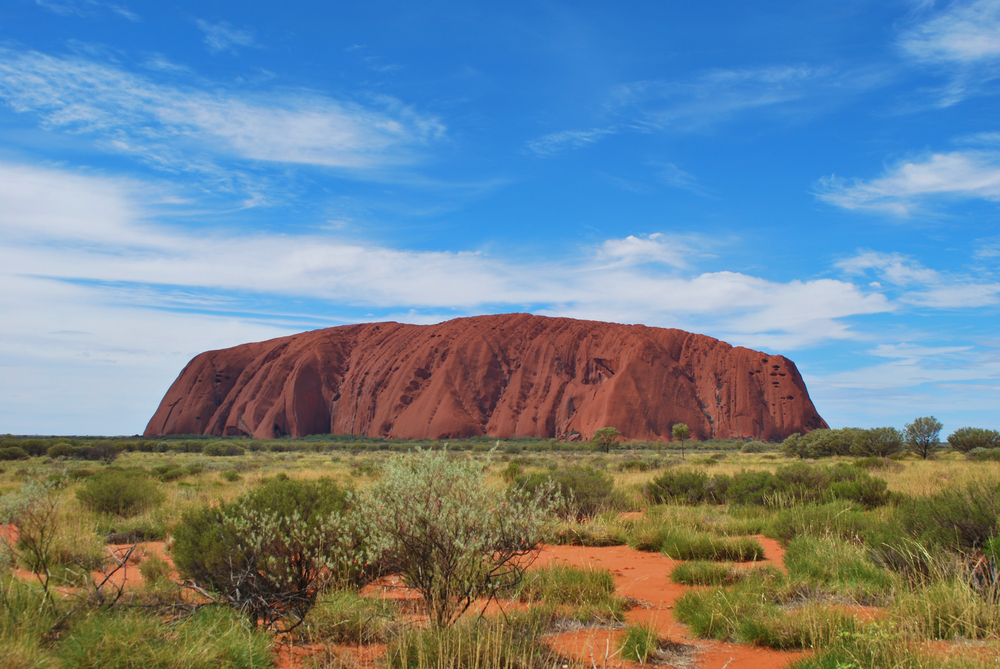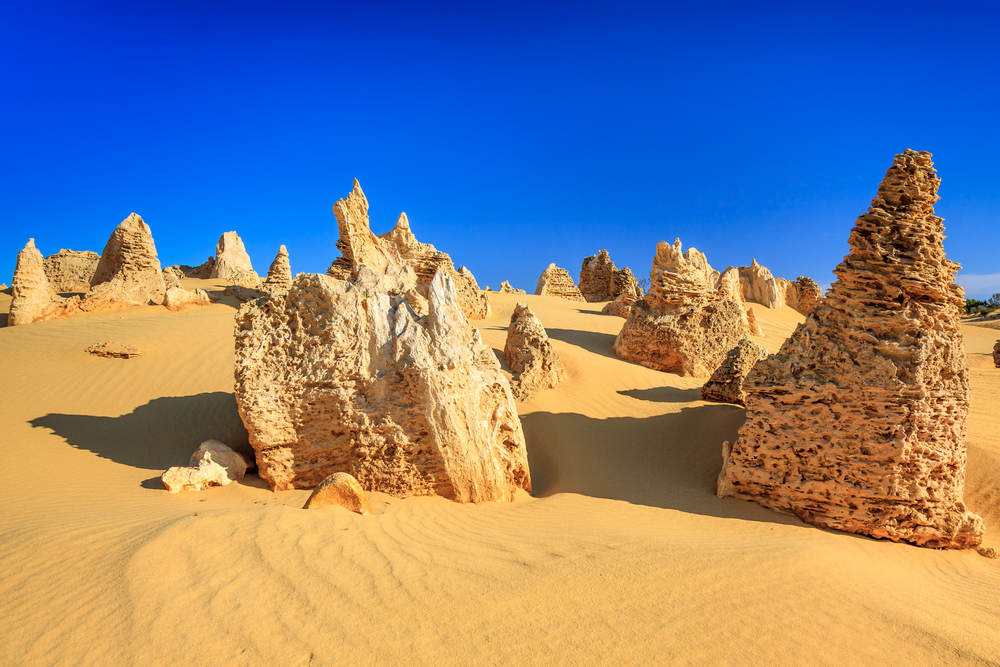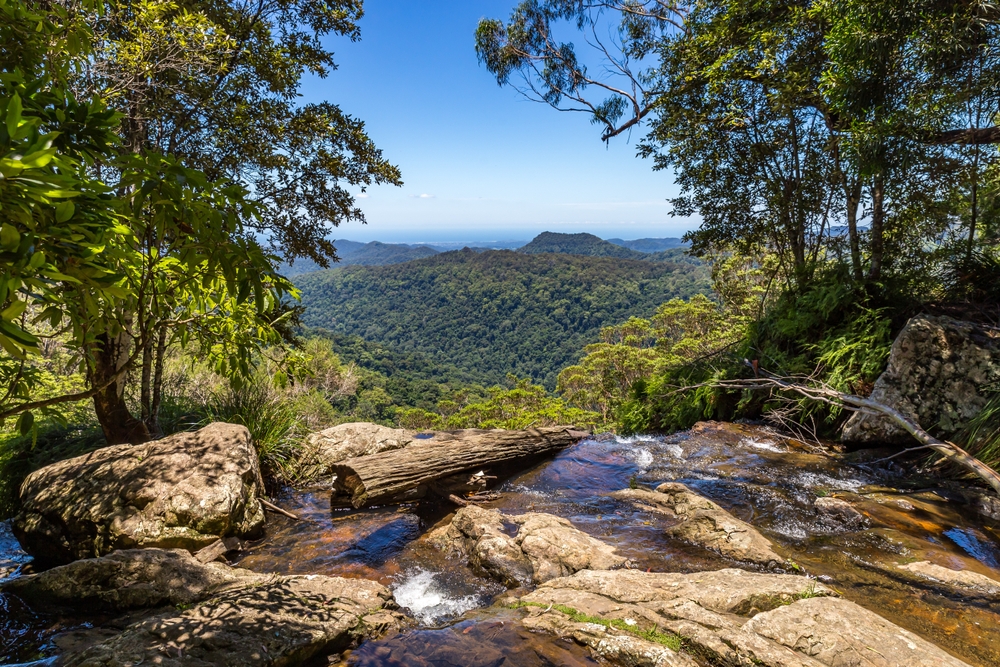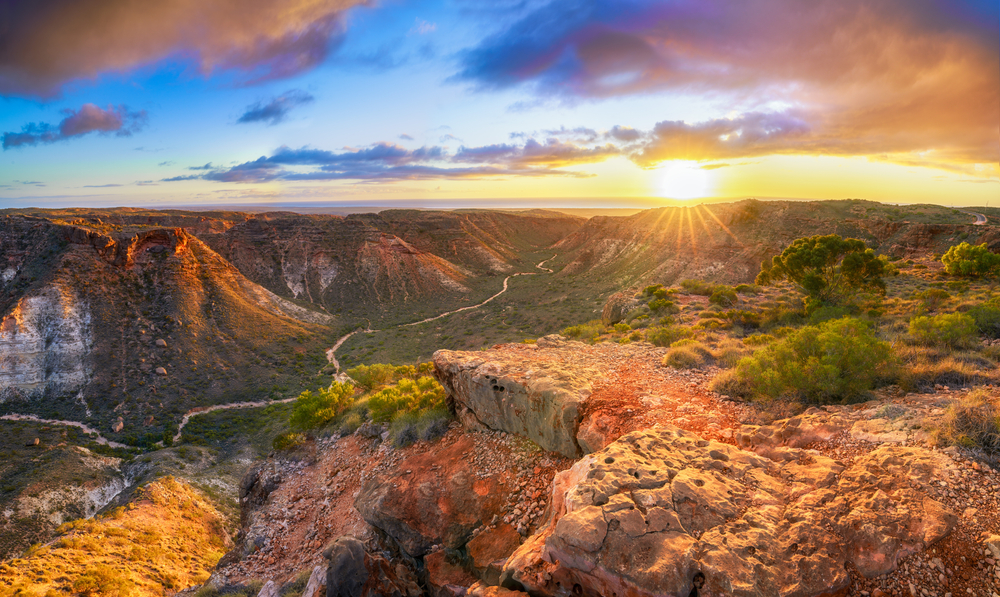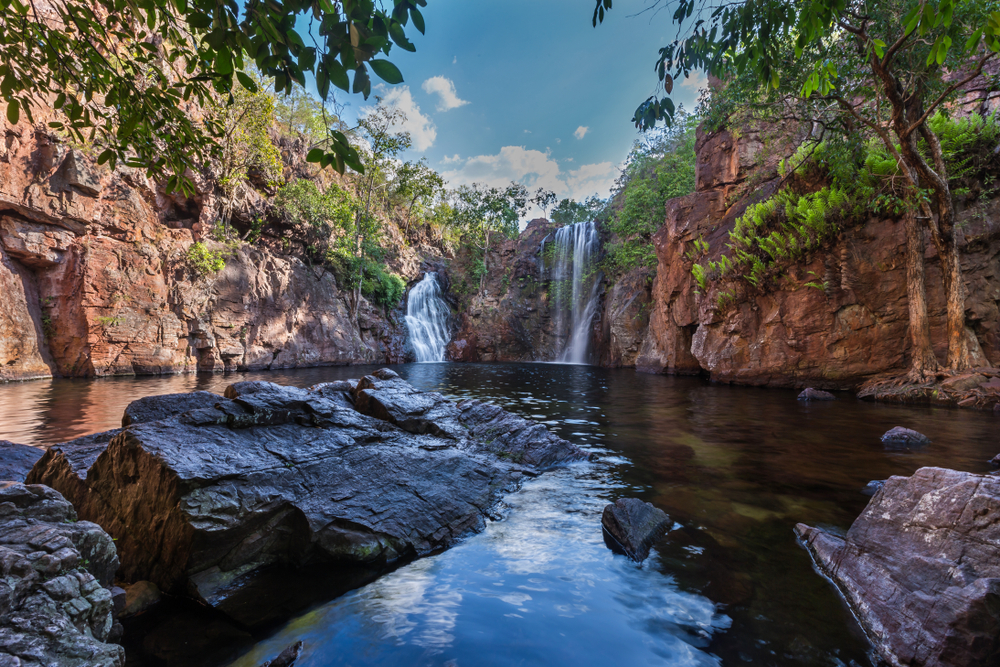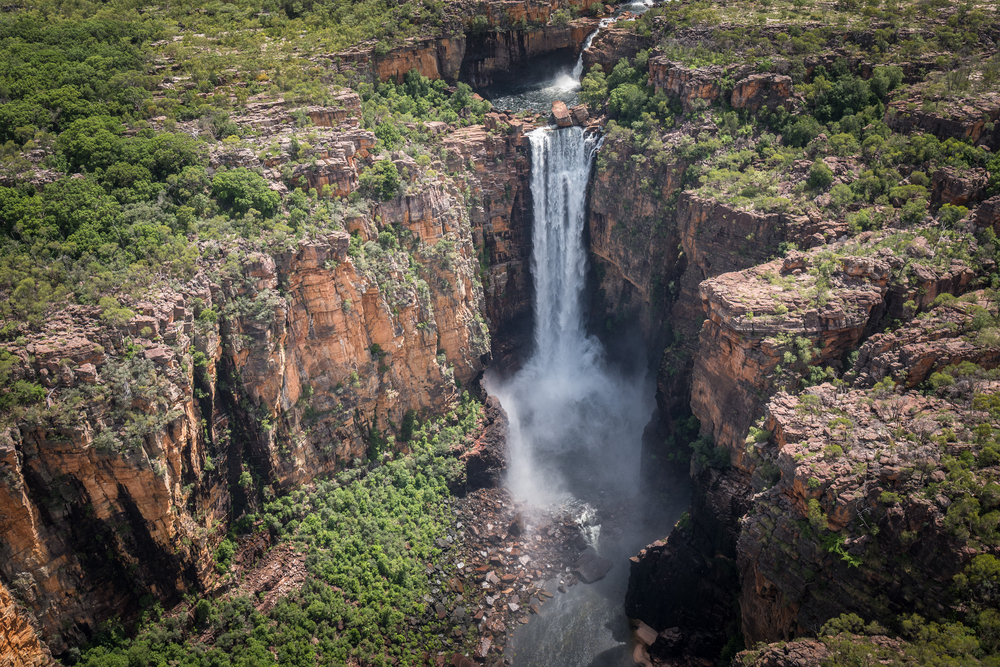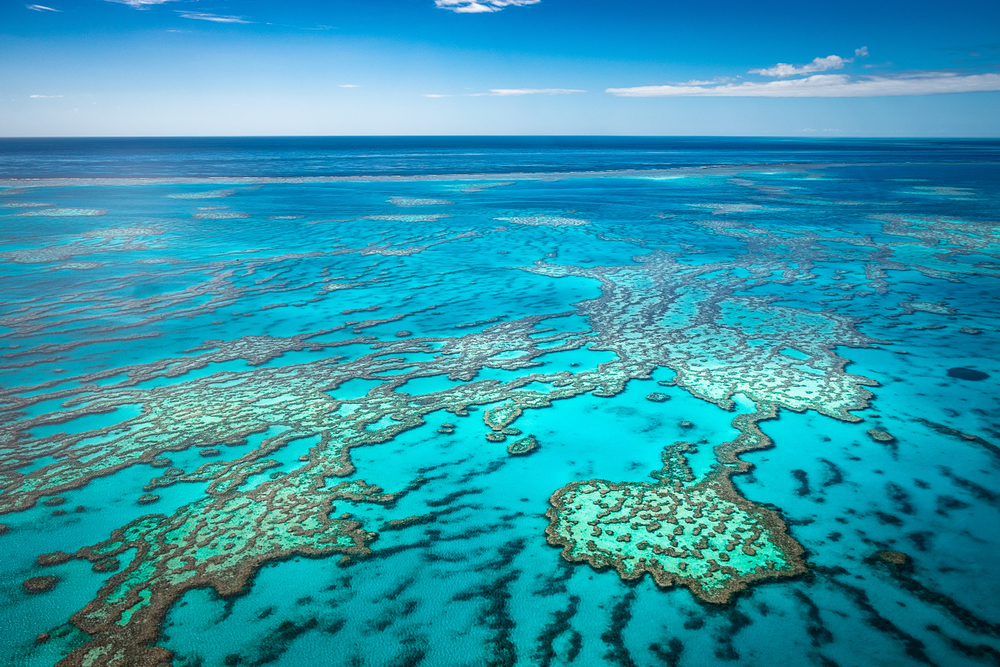Girraween Overview
Girraween National Park, located in Queensland, Australia, spans approximately 44 square miles (114 square kilometers) and is renowned for its striking granite landscapes, unique rock formations, and diverse ecosystems.
The name “Girraween” means “place of flowers” in the language of the Indigenous Jagera people, reflecting the park’s vibrant wildflower displays. Nestled in the Granite Belt region near the New South Wales border, Girraween offers a rugged terrain characterized by massive granite outcrops, dramatic balancing boulders, and clear streams that weave through the forested valleys.
One of the park’s most iconic features is the Pyramid, a towering granite monolith that provides panoramic views from its summit. Other notable rock formations include the Balancing Rock, Castle Rock, and the Sphinx, each sculpted by centuries of weathering and erosion.
The park supports a variety of vegetation, from open eucalypt forests to pockets of heathland and montane woodlands. The diverse plant life is particularly striking in spring when wildflowers blanket the park, featuring species such as the golden wattle, native orchids, and pea flowers.
The heathland areas add a splash of color with bright pink boronias and purple trigger plants thriving in the nutrient-poor soils. Eucalypts dominate much of the woodland, providing habitat for many of the park’s resident wildlife species.
Girraween is home to a range of native Australian fauna, including some of the country’s most iconic species. Eastern grey kangaroos and common wallaroos are frequently spotted grazing in open areas, while the elusive echidna can sometimes be seen foraging for ants among the rocky outcrops. The park also supports a variety of nocturnal creatures, including sugar gliders and the spotted-tailed quoll.
Birdwatchers can enjoy sightings of wedge-tailed eagles soaring overhead, superb fairy-wrens flitting through the undergrowth, and the striking red wattlebird feeding on nectar-rich blossoms. During the warmer months, reptiles such as lace monitors and various skinks can be found basking on the granite surfaces.
Visitors to Girraween National Park are drawn to its extensive network of hiking trails, ranging from easy walks to challenging climbs. The Pyramid Track is one of the most popular hikes, offering a steep but rewarding ascent to breathtaking views. Other trails, such as the Bald Rock Creek Circuit and the Granite Arch Walk, provide opportunities to explore the park’s fascinating rock formations and waterways.
Camping is a popular activity, with well-maintained campgrounds offering a chance to immerse in the natural surroundings. Rock climbing and bouldering enthusiasts are also drawn to Girraween’s granite cliffs, while photographers and nature lovers appreciate the park’s changing scenery throughout the seasons.
Conservation efforts in Girraween focus on maintaining its delicate ecosystems, preserving native flora and fauna, and managing visitor impact. Challenges such as invasive species, habitat degradation, and the effects of climate change require ongoing attention from park authorities.
However, successful conservation programs have helped to protect vulnerable species and maintain the park’s biodiversity. Girraween National Park remains a cherished destination for nature lovers, offering a unique glimpse into Australia’s geological and ecological diversity.











































































